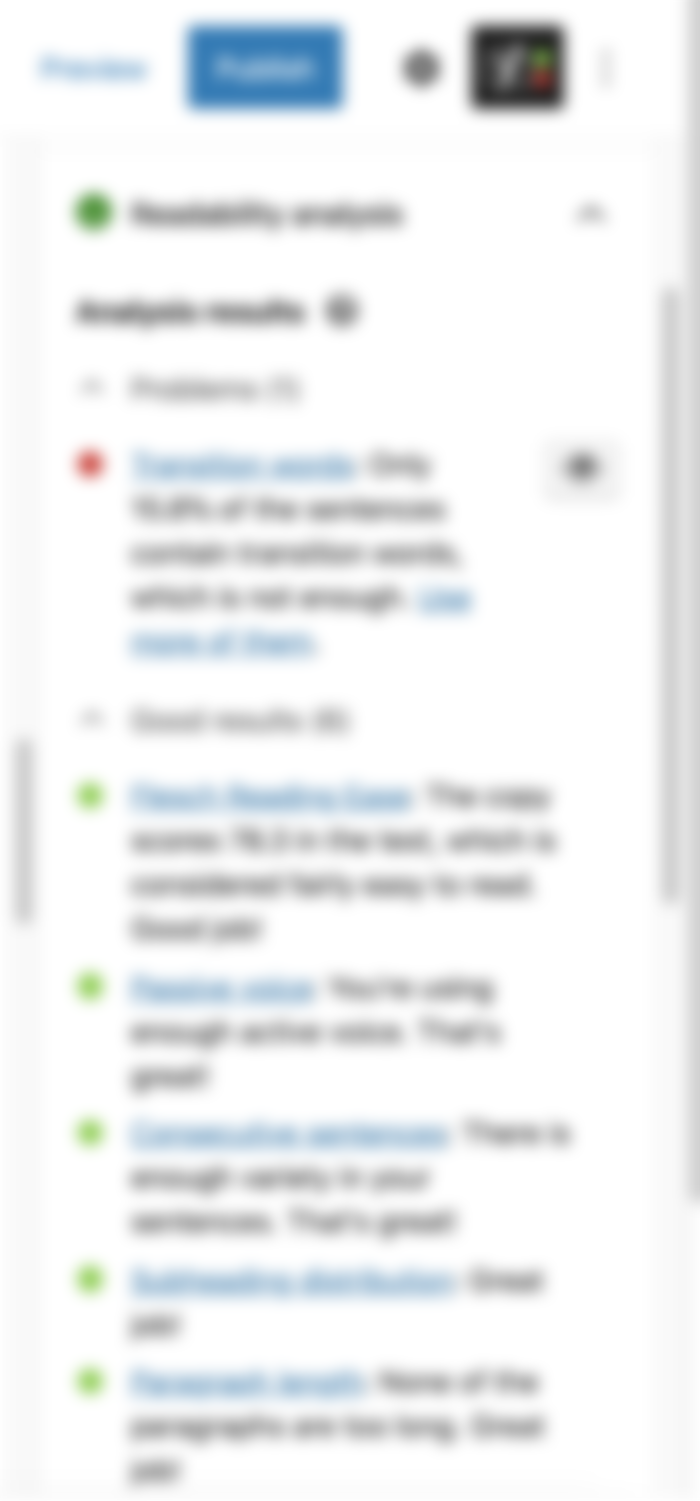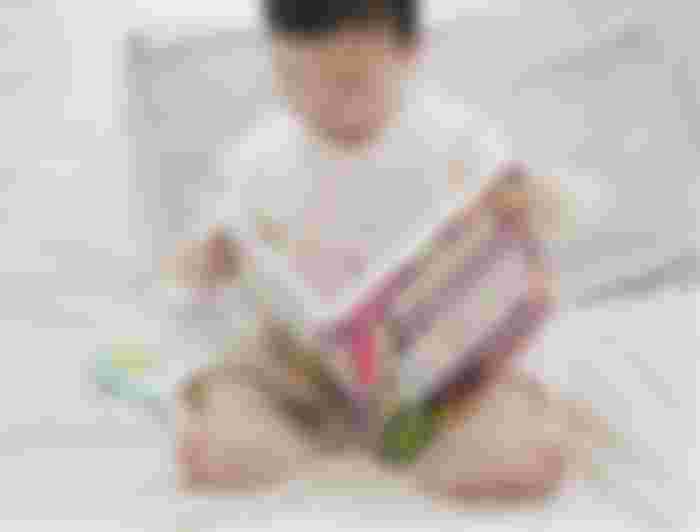How to Make Your Articles Easy To Read.
Have you ever opened an article with an interesting title, but you can hardly understand the content because of the highly technical or sophisticated content? What did you do?
Hello, readers. In this post, I will share with you some tips on how to make your articles easy to read, based on what I learned from using Yoast SEO.
There are several factors involved in Search Engine Optimization. However, I will focus only on one of those factors. The readability score.
What is a Readability Score?
A high readability score means your article is easy to read. The readability analysis scans your content for several factors. Which I will discuss later.

Why Do You Need To Make Your Articles Easy To Read?
Making your articles easy to read is important in SEO, but the more important reason is, with a higher readability score, your article is easier to understand. If your article is easy to understand, the wider your audience is.
Writing for an online platform like Read-Cash one means you have readers from different parts of the globe coming from different levels of understanding of the English Language.
And you want to reach out to as many readers as you could.

Image source: https://yoast.com/yoast-seo-readability-analysis/
These are the things that Yoast SEO checks
Number of words per sentence
Number of a sentence per paragraph or the paragraph length
Sectioning (Subheading) and length of each section.
Use of passive voice
Use of transition words
Sentence beginning
Flesch Reading Ease
Now Let Me Discuss Them One By One.
Before I continue, a little disclaimer. I haven't used WordPress for a long time. But what I will share is based on what I have learned from using the Yoast SEO plugin.
Sentence Length (Number of Words Per Sentence.)
I used to make a lot of long sentences. Most are compounded sentences. Meaning, I write a sentence that can be divided into two.
Compounded sentences are oftentimes hard to understand or even confusing
Shorter sentences are direct to the point, therefore, easier to understand. So make your sentences simple and short. A sentence with about 20 words is long.
Number of sentences per paragraph or the paragraph length
Like a sentence, each paragraph should contain one common thought or a single idea. If I remember it right, three to five sentences per paragraph are just about the right length.
Each paragraph will hint to your readers that you are about to start another idea.
So keep your paragraph short. Sometimes you can even use one or two sentences per paragraph.
Sectioning (Subheading) and length of each section.
Use sectioning or sectioning '<H2>' often. If your article has multiple sub-topics, emphasize those sub-topics by dividing your article into several sections.
Create a title for each section or sub-topic and emphasize it with an H2 tag.
And keep each section short. Each section should contain no more than 300 words.
Take note of how I divide this article into several short sections.
Use of Passive Voice
Passive voice is indirect and wordy. It focuses more on the action than the doer. Using too much passive voice will make your sentences harder to understand.
Use as much active voice as possible. Sometimes it can't be avoided, though. Just keep the passive voice at about 15% or less.
Learn more about active voice and passive voice here.
https://www.merriam-webster.com/words-at-play/active-vs-passive-voice-difference
Use of Transition Words
Transition words or phrases help the reader to progress from one idea (expressed by the author) to the next idea. Thus, they help to build up coherent relationships within the text.
Source: https://www.smart-words.org/linking-words/transition-words.html
Some examples of transition words and phrases are:
like
therefore
thus
but
In addition
of course.
Learn more about transition words here;
https://www.smart-words.org/linking-words/transition-words.html
Sentence Beginning
Be aware of how you start your successive sentences. Make sure that they don't begin with the same word to avoid redundancy.
Flesch Reading Ease
Let me go back to my opening question.
Have you ever opened an article with an interesting title, but you can hardly understand?
Will you continue reading or move on to the next article?
Now if you are the author, do you want your readers to continue reading? Or you don't care if they leave after reading the first two or three paragraphs?
The question is, how do you test if your article is easy to read or not?
Fortunately, there is an online tool for that. https://www.webfx.com/tools/read-able/check.php.
Go to 'TEST BY DIRECT INPUT' and copy the text you want to test. Then, hit the 'CALCULATE READABILITY'.
You will see the result like this;

Image source: https://www.webfx.com/tools/read-able/check.php
This means the Flesch Reading Ease score, for this article, is 69.9. Which can be easily understood by 13-14 years old.
The score is from 1 to 100. The lower the score means the harder it is to understand.
How Much Reading Ease Should We Aim For?
Our readers come from different countries with different levels of reading comprehension. Aiming for a reading ease score between 60-80 means your article is fairly easy to read. If your article is a bit technical, aim for a score above 50.
If your score is lower than 30, then probably only those who already know your topic can understand your article.
How to Make Your Articles Easy To Read?
When you compose your article, always think of your readers.
It's not how much information you can put in your article, it's how much you readers can understand.

Always keep in mind the key points listed above. But to sum them up, here are a few tips.
Write in short sentences and paragraphs.
Use simple words as much as possible.
Avoid words with more than three syllables.
Always use subheadings and bullets.
Test your text for the Readability Ease score using this web page: https://www.webfx.com/tools/read-able/check.php.
However, if you are a WordPress user, use the Yoast SEO plugin to guide you.
If your score is less than 60, edit your article and try to improve your score.
Bottom line is, always think of the KISS principle.
Keep
It
Simple and
Short.
Happy writing!
Thanks for Reading
Check out my other posts in Read.Cash
Check out my other Articles in Publish0x.com
Follow me in Noise.cash
Follow me in Twitter




Umm gonna works hard more consequential stuffs. It's all about habitats, gonna try next time for sure